The Baobab tree, often referred to as the “Tree of Life,” stands as one of the most iconic and remarkable symbols of Africa. With its thick, bottle-shaped trunk and towering height, the Baobab is an awe-inspiring sight that reflects the resilience and grandeur of nature. This tree is not only a marvel in terms of its appearance but also holds immense cultural, ecological, and practical significance for the people and wildlife of the regions it inhabits. Let’s explore the unique attributes, importance, and legends surrounding the majestic Baobab.
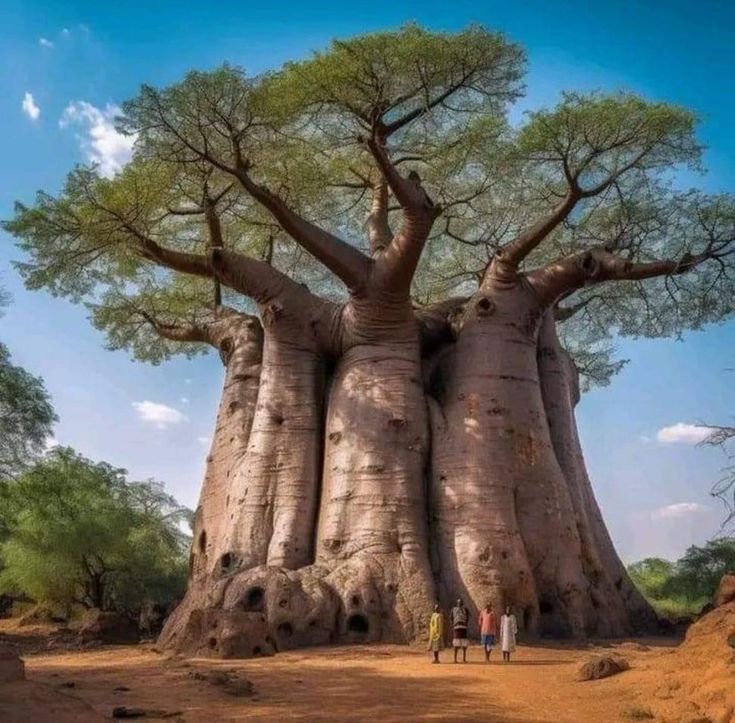
A Living Giant of the African Landscape
Baobabs are among the largest and longest-living trees in the world, with some estimated to be over 2,000 years old. The trunk of a Baobab can reach a diameter of up to 30 feet, making it one of the widest tree species globally. The trunk often appears swollen and bulbous, storing large amounts of water during the rainy season to survive in the arid African landscapes. Its roots dig deep into the earth, anchoring this giant while it withstands the harsh conditions of its native habitats, such as savannas and scrublands.
The Ecological Importance of Baobabs
The Baobab tree is an essential part of the African ecosystem, providing food, shelter, and water to many animal species. Its large, hollow trunks often house birds, bats, and even small mammals. During the dry season, the tree’s stored water can be accessed by elephants and other animals desperate for hydration. Baobab flowers, which bloom only at night, attract nocturnal pollinators like bats, thus contributing to the biodiversity of the region.
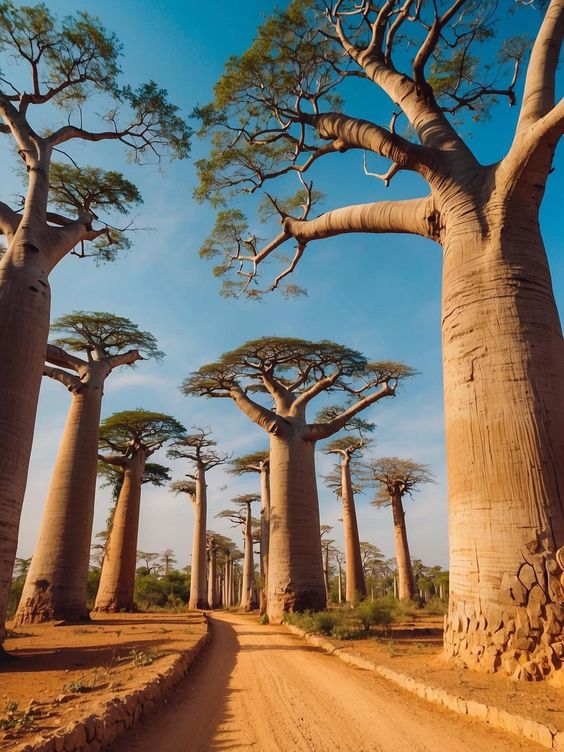
In addition to benefiting wildlife, Baobabs offer sustenance for humans. The tree’s leaves, fruits, and seeds are nutrient-rich and used in local diets. Baobab fruit, often called “monkey bread,” is high in vitamin C, potassium, calcium, and fiber, making it a valuable food source. The fruit pulp is used in various foods and drinks, while the seeds can be processed for oil, and the leaves are often consumed as a vegetable or used in traditional medicine.
Cultural Significance and Folklore
The Baobab is deeply rooted in African folklore, often seen as a symbol of strength, resilience, and life itself. Stories about the Baobab’s origins vary across African cultures. One popular legend tells of how the gods planted the Baobab upside-down, giving it its unique appearance of roots seemingly reaching toward the sky. For many communities, the Baobab represents the connection between humans and nature, and it is often regarded with reverence.
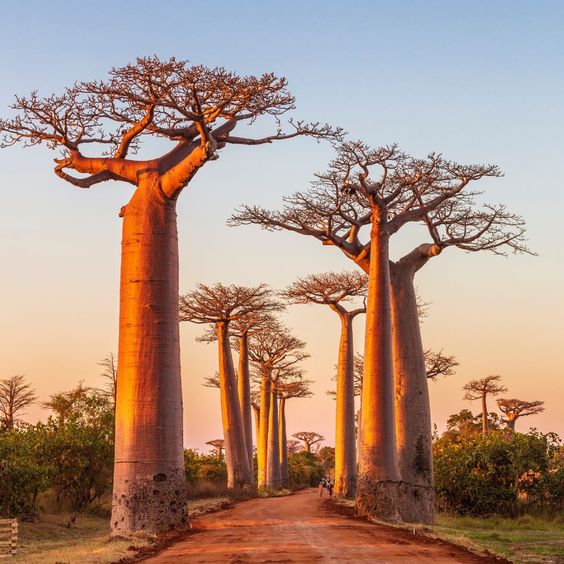
In some regions, the hollow trunks of ancient Baobabs have even been used as shelters, gathering spaces, and, in some cases, makeshift schools or churches. The Baobab is more than just a tree; it is an enduring part of the community, holding memories, traditions, and the stories of generations.
The Threats Facing Baobabs
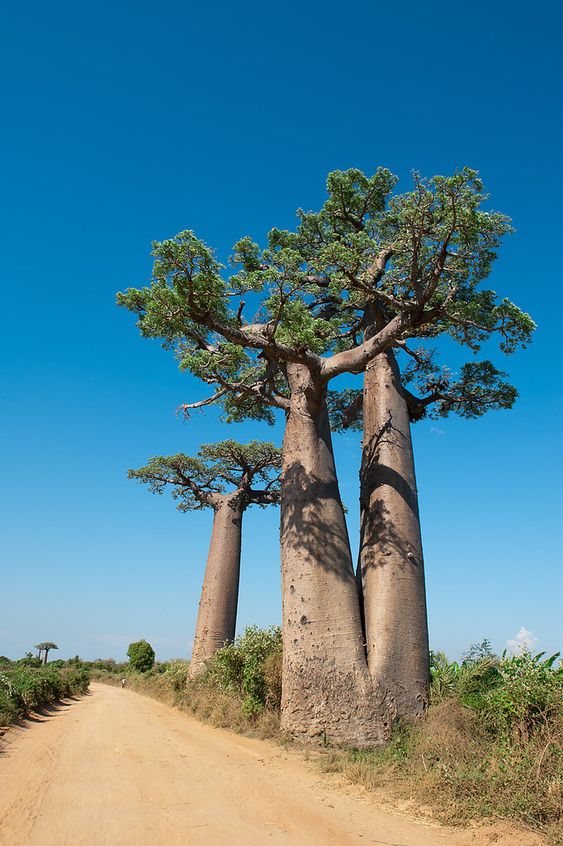
Despite their resilience, Baobabs face growing threats from climate change and deforestation. Rising temperatures and changing rainfall patterns are impacting the growth and survival of these ancient trees. Many of the oldest and largest Baobabs in southern Africa have succumbed in recent years, with researchers attributing these losses to environmental stressors. Protecting these iconic trees has become a priority for conservationists who recognize the Baobab’s critical role in its ecosystem and its irreplaceable cultural significance.
Conclusion: A Tree of Life to Preserve
The Baobab tree is a remarkable testament to nature’s ability to adapt and thrive in challenging conditions. Its towering presence, vital ecological role, and rich cultural history make it one of the most respected and beloved trees in the world. Preserving Baobabs means protecting an integral part of Africa’s natural heritage and ensuring that future generations can marvel at its beauty and benefit from its resources.
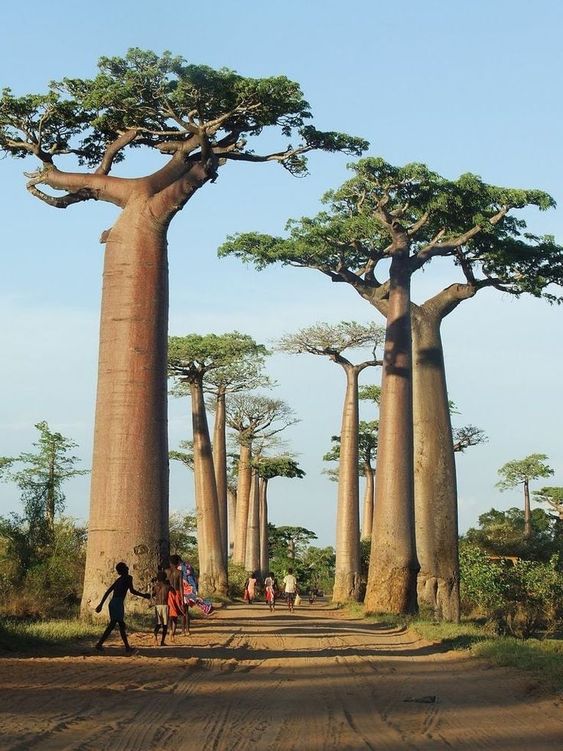
As humanity faces environmental changes, the Baobab serves as a reminder of nature’s resilience and the importance of conservation efforts to protect these ancient wonders. For those who visit Africa, witnessing a Baobab up close is a humbling experience, offering a glimpse into the enduring power and mystery of the natural world.





